For many people, choosing a rug can be difficult. You can’t pick something that’s right for now: a rug is an investment, and you have to select something that’s right, long-term.
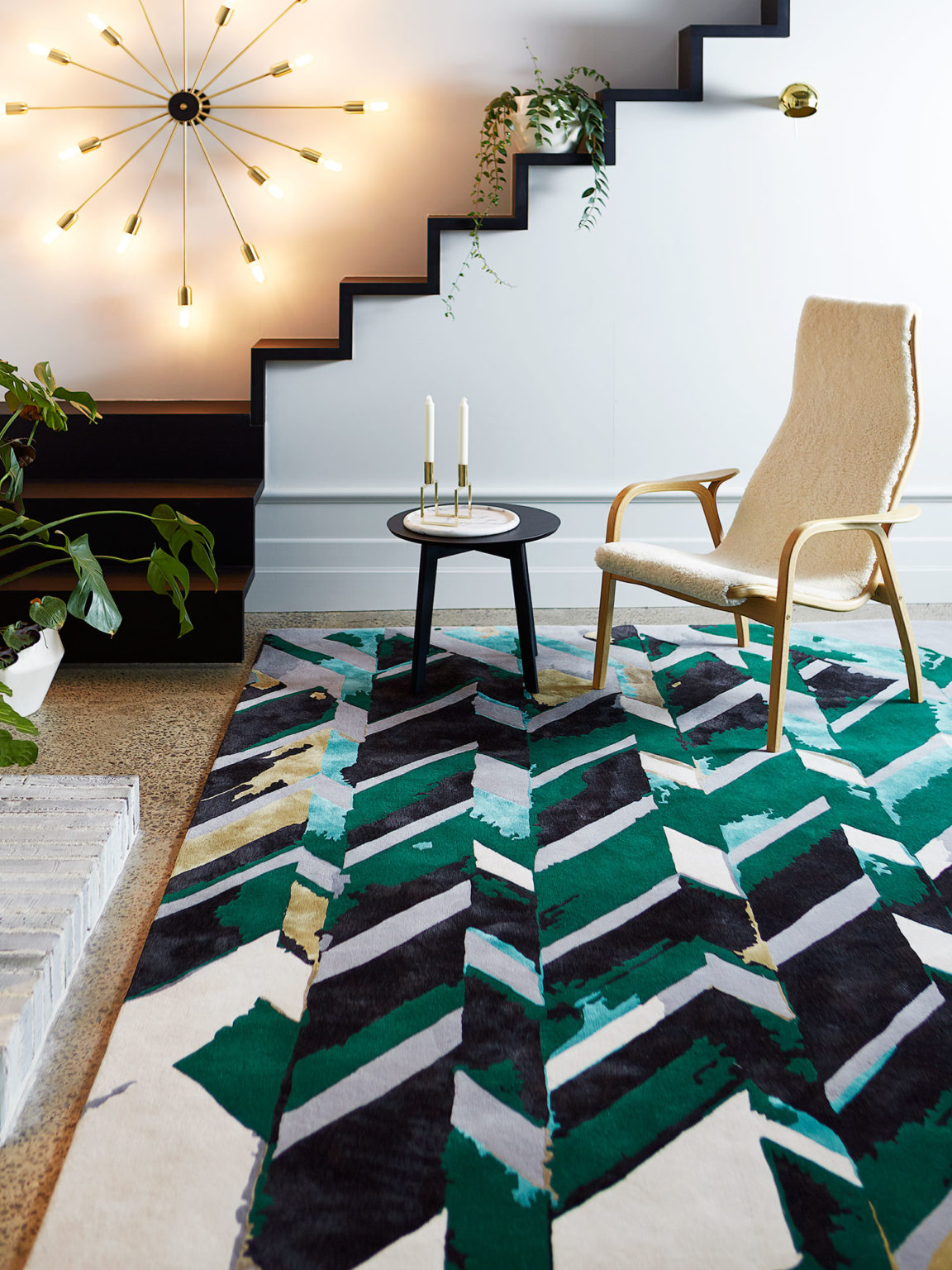
And choosing a rug is about more than pure personal preference: your rug also has to reflect your room, its function, and its existing decor. In other words, while aesthetic certainly has a place in rug selection, it can’t be the only driving force.
To properly choose the perfect rug, you have to account for taste, space and decor. Once you have determined these factors, you can make a decision with complete confidence.
Here’s what you need to know about how to choose a rug.
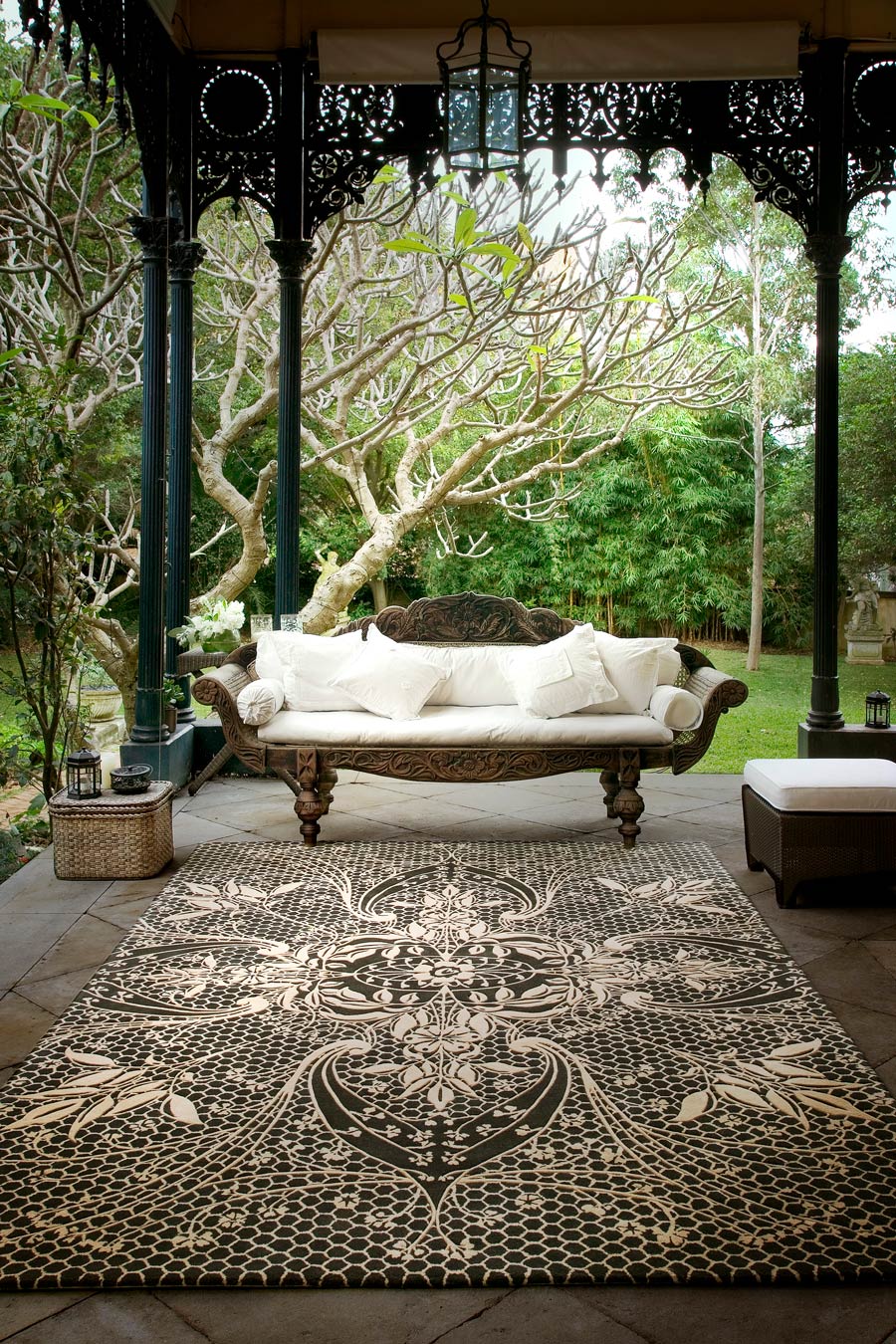
TASTE
While your own personal taste is not the most important consideration when choosing a rug, it is going to be the one that’s most prominent in your mind. This is because the way things look, matters, and if you don’t like the look of something, you’re not going to want to have to look at it everyday.
So, by all means, indulge your inner aesthetician. Start by looking at rugs that appeal to you based on appearance alone. Don’t worry yourself about where it is going to go or if it would look right in your space: use this time to suss out what designs, colours and textures really speak to you. You’re going to have to concern yourself with more practical matters soon enough.
For now, allow yourself to really embrace your creativity. Play around with colours and designs. Think about things in your world that delight and inspire you. Of course, exactly what sort of inspiration you’ll want to express will depend on whether you’re buying a rug for a personal or professional space, but, to get you started the right direction, you could think of art you love, be visual, musical or literary. Think of treasured sights, sounds, smells and memories. Maybe you have a rug under your dining room table that reminds you of your grandmother’s favourite tea cup. Maybe you have a rug in your office that brings to mind the look of street lights on wet pavement.
In other words, work out what makes you feel good. Truly good. Regardless of whether you are choosing a rug for a work space or your home, you are going to be spending a lot of time in it’s presence, so nothing short of a rug that will bring pure joy will do.
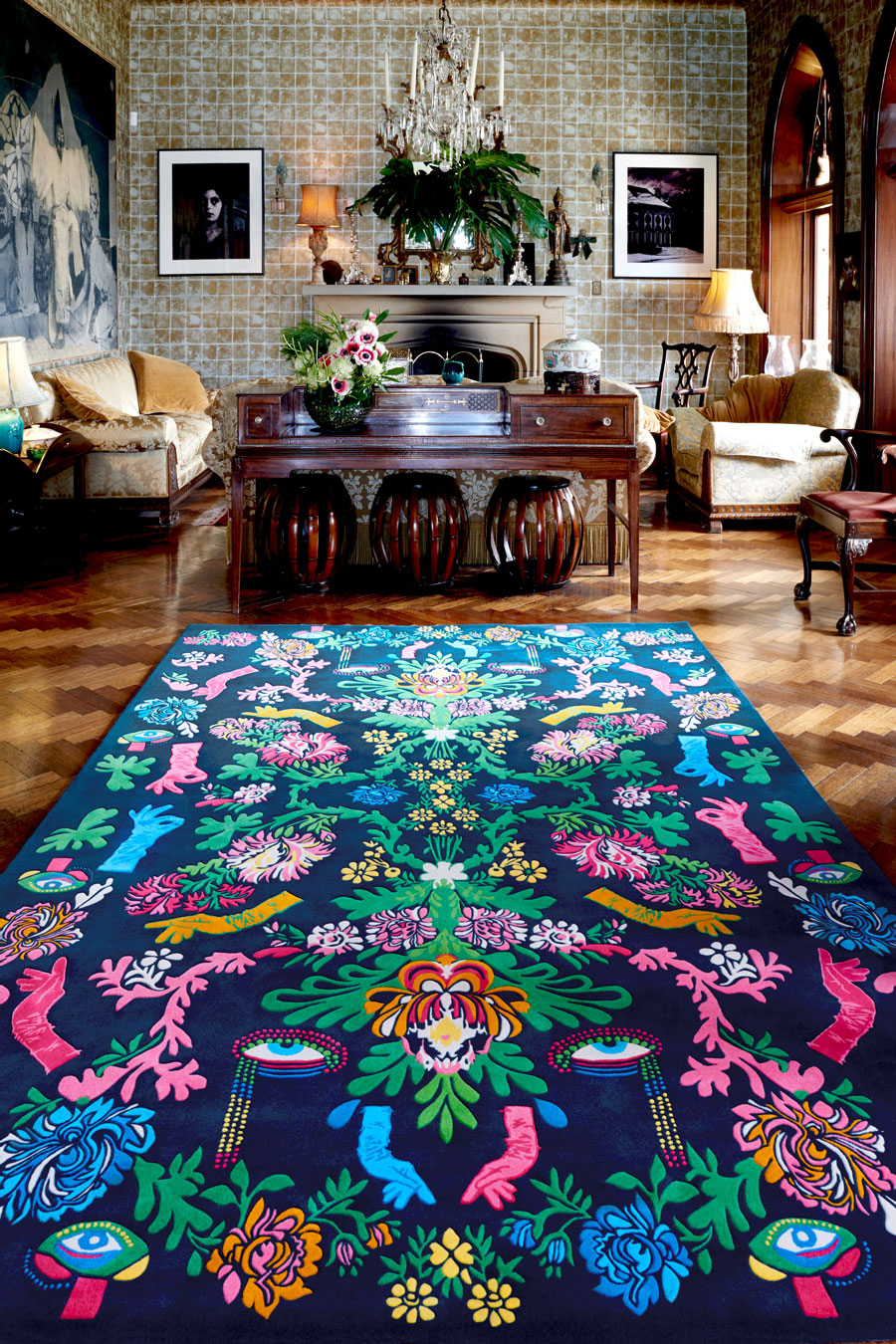
SPACE
Now it’s time to reign in your brain a bit and consider more practical matters, like where the rug will be placed. The space the rug will occupy will determine what materials should be used, as well as other important functional matters, like its size and shape.
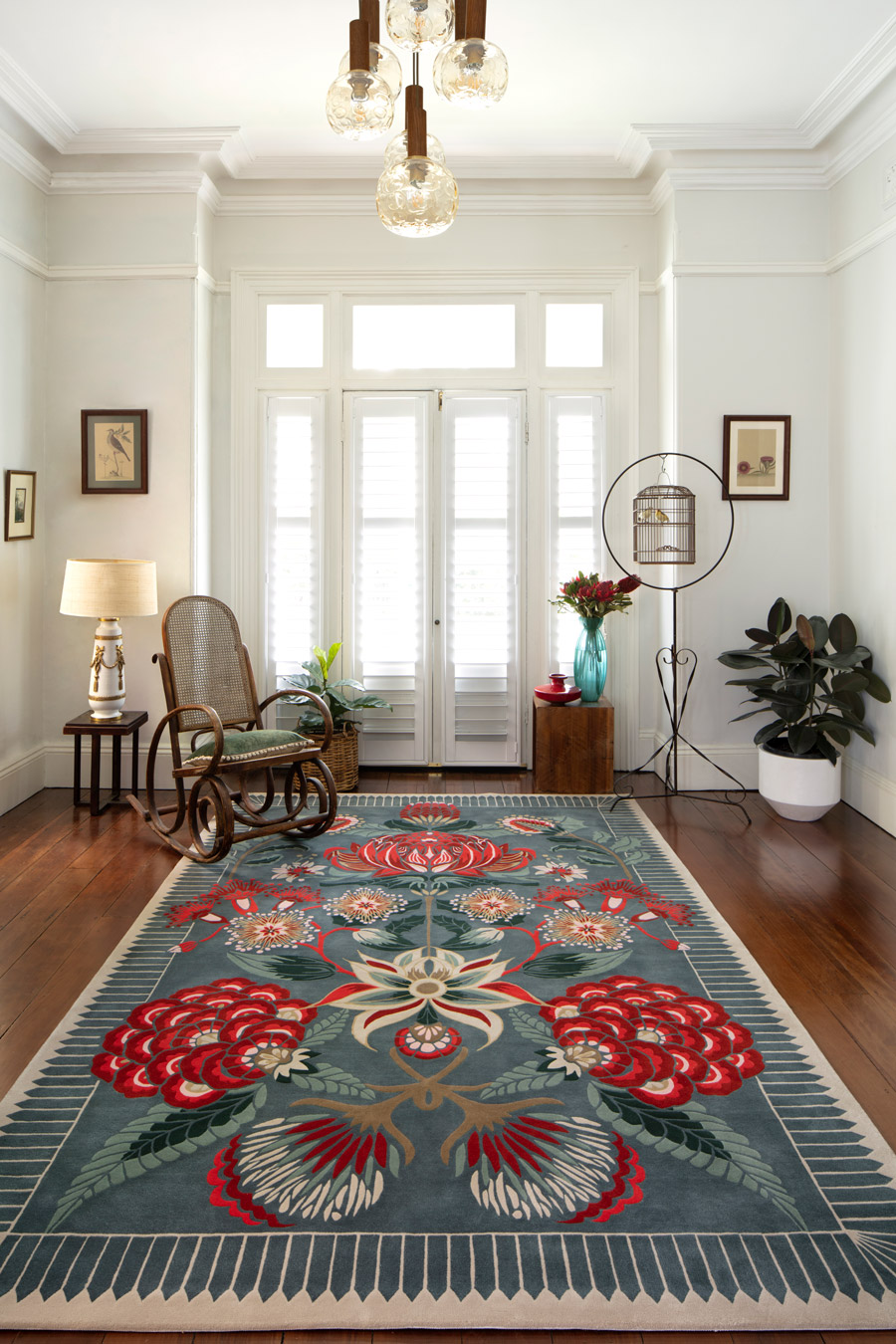
Materials
Wool, silk, a blend? What is the difference between these materials? Let’s look at the strengths of two of the more common materials used for rugs.
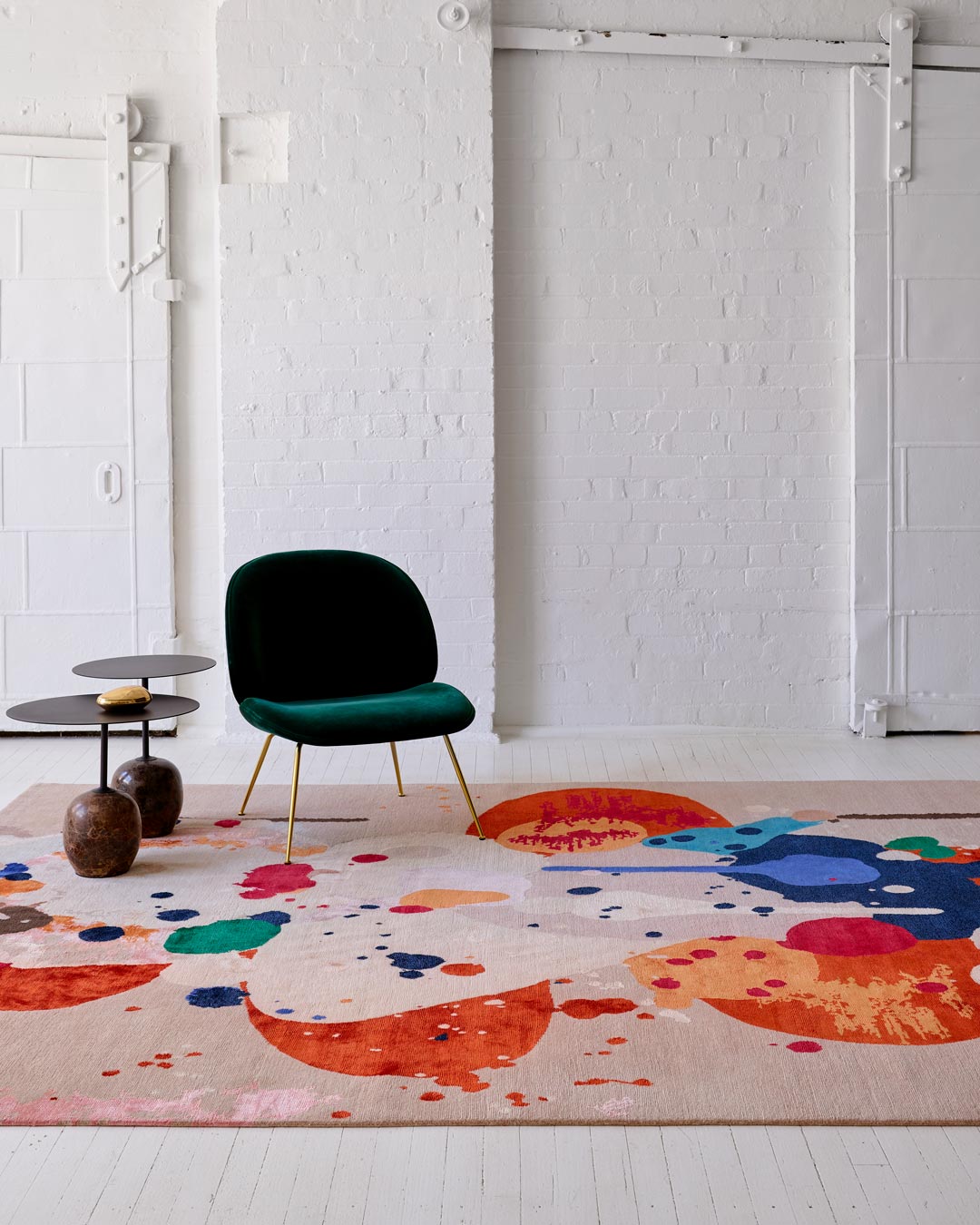
Silk
The sheen and strength of silk is nothing short of phenomenal. It’s easy to see how silk rugs have been synonymous with luxury. Silk rugs lend themselves beautifully to intricate designs with vibrant colours. The end result is a stunning rug with shimmering, head-turning highlights.
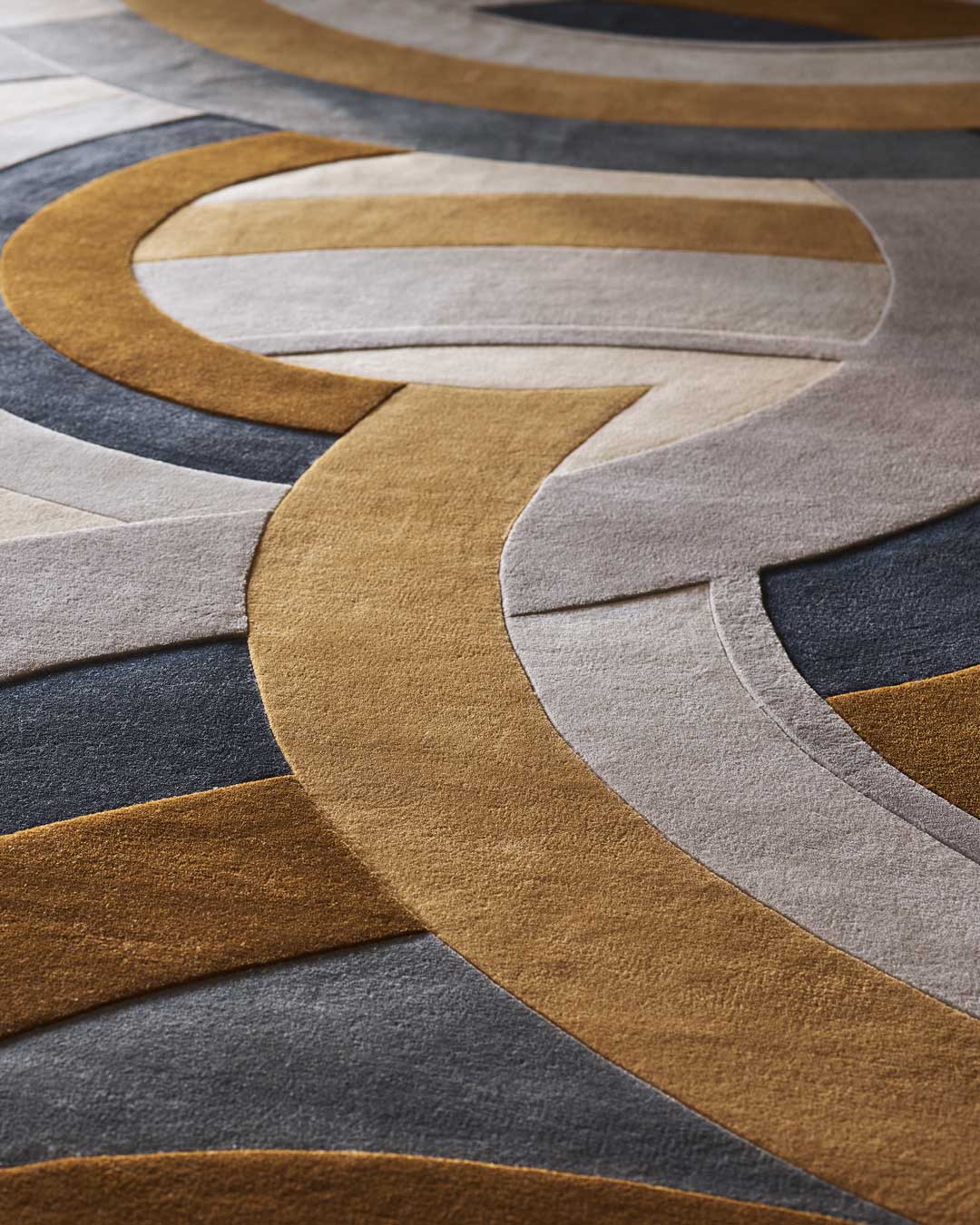
Wool
Like silk, wool is a natural fibre that can withstand the demands of use over time. You’ll also find wool can literally help warm up a room, thanks to its insulating properties. Wool is comfortable, practical and still capable of being extremely elegant. It’s all in the design.
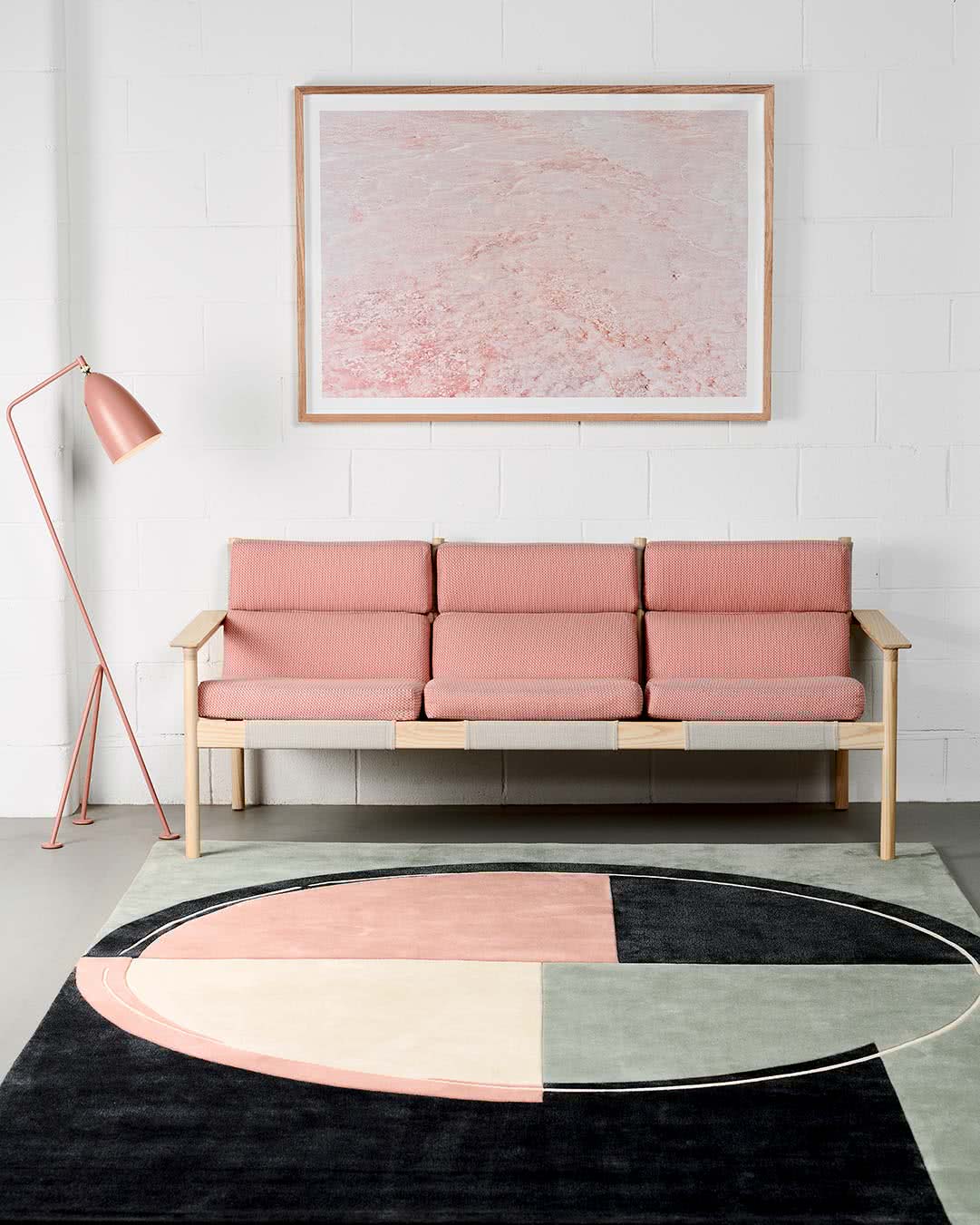
Rug Size and Shape
Another practical matter, but one that can be easily enough determined. The size and shape of your rug will depend on three main factors: the size of your room, furniture placement and the rug’s function in the room.
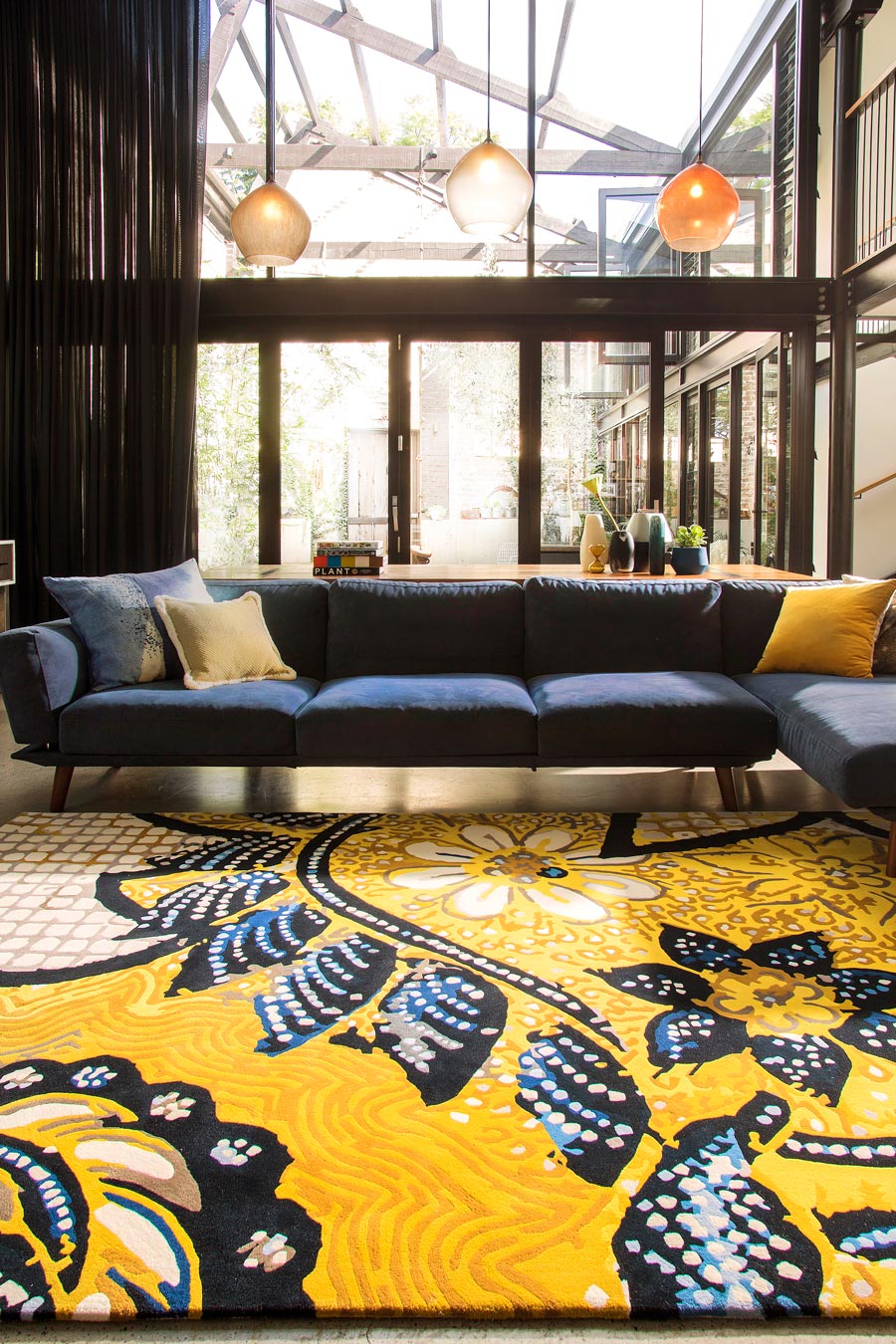
Room Size
You’re obviously not going to cram a 250cm diameter circular rug in a long, narrow room, nor are you going to choose a runner as an area rug for a large, spacious room. When selecting the right size of rug for your space, most design experts will agree that there should be 30 – 45cm between the edge of the rug and the wall. While this rule is not written in stone, it is usually advised to have some bare floor visible. You don’t want your rug creasing and climbing the walls, nor do you want it looking disproportionately tiny given its placement in the space.
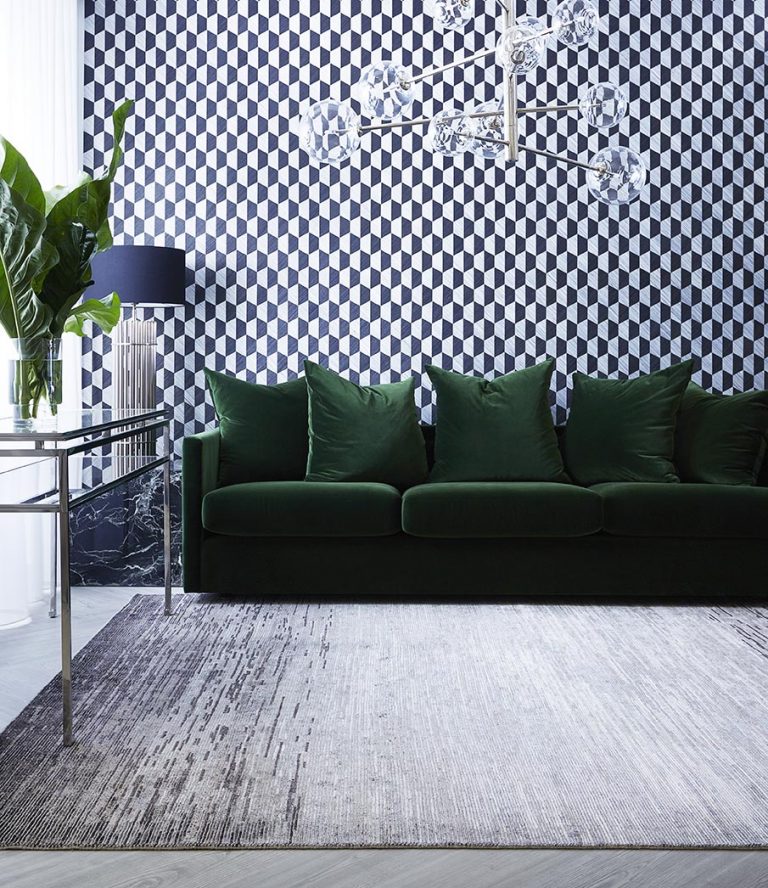
Furniture Placement
The most accepted and practiced rule when it comes to furniture placement on rugs states that the front two legs of the furniture should be on the rug, and the back two should be off. Of course, this doesn’t apply to coffee tables or dining room tables or beds, but more couches, chairs and bureaus – things that would regularly be on the perimeter of the room.
If you want to play safe, follow this guideline, but understand, you don’t have to. Just like your rug doesn’t have to be small enough to leave at least 30 cm of bare floor, it doesn’t have to be large enough to squeak under the front two feet of every couch and chair. You may have some chairs that are entirely on the rug, a couch that is entirely off, and a curio cabinet that is half on, half off. Or all your chairs and couches and cabinets may be completely on and off. Balance is what’s important. So ask yourself, when you look at the room and consider the rug size and furniture placement, does it look balanced? Or does it look awkward? You may have to rearrange a few times, but trust your inner sense of style.
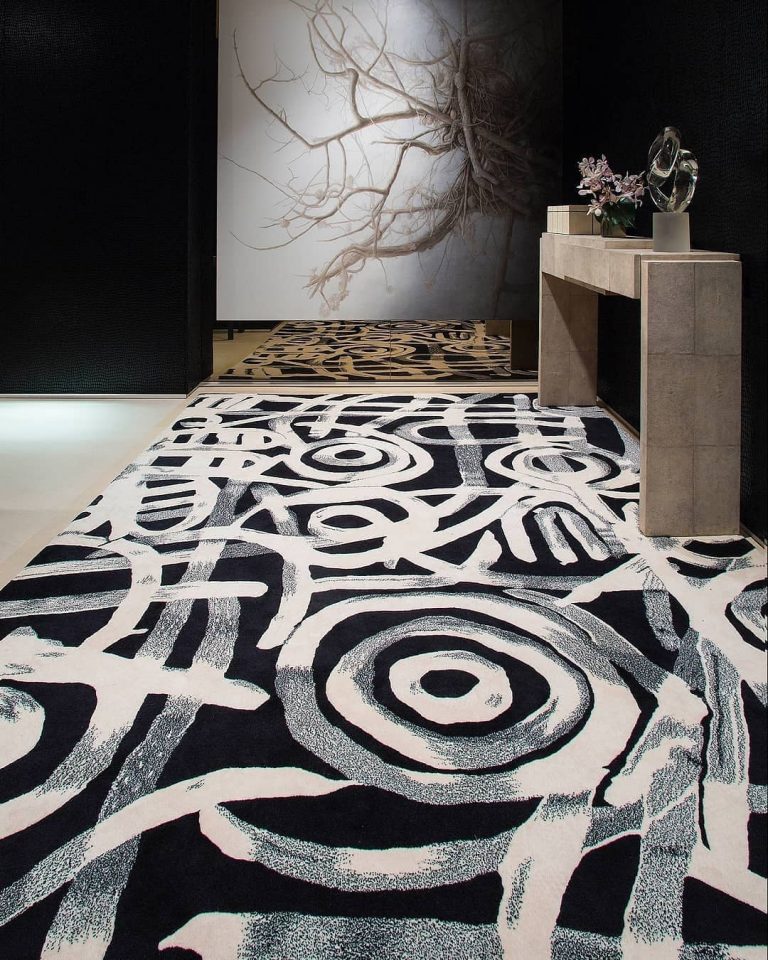
Function
Not all area rugs need to take up central position in a room, and not all runners need to be placed for trodding. Sometimes, a runner will be placed under a piece of furniture, like a china cabinet, to add a pop of colour. Sometimes an area rug will be placed horizontally under the head of a bed, so it offers people a comfy place to step onto in the morning, as well as providing the room with a visually interesting piece.
The point is the size and shape of your rug will depend on what the function of the rug is: will it be a central feature of the room, offering people a comfortable spot to lounge on the floor? Will it feature under a glass table, protecting the floor from the table legs, chair legs, and spills? (If it is going under a table with chairs, keep in mind the rug should be big enough that a person can push their chair back without it going over the edge of the rug.) It’s function will impact its size, as well as the material you’ll want to use. A small silk area rug under the sitting lounge in your bedroom? Amazing! A silk runner in front your laundry machine? Not so amazing.
And don’t forget to measure! This is one of the most overlooked aspects of learning how to choose a rug, but one of the most necessary. Don’t eyeball your room and try to suss out its size. Grab a tape measure and get the exact dimensions, as well as the size you think you would like for your rug, having accounted for room size, furniture placement and function.
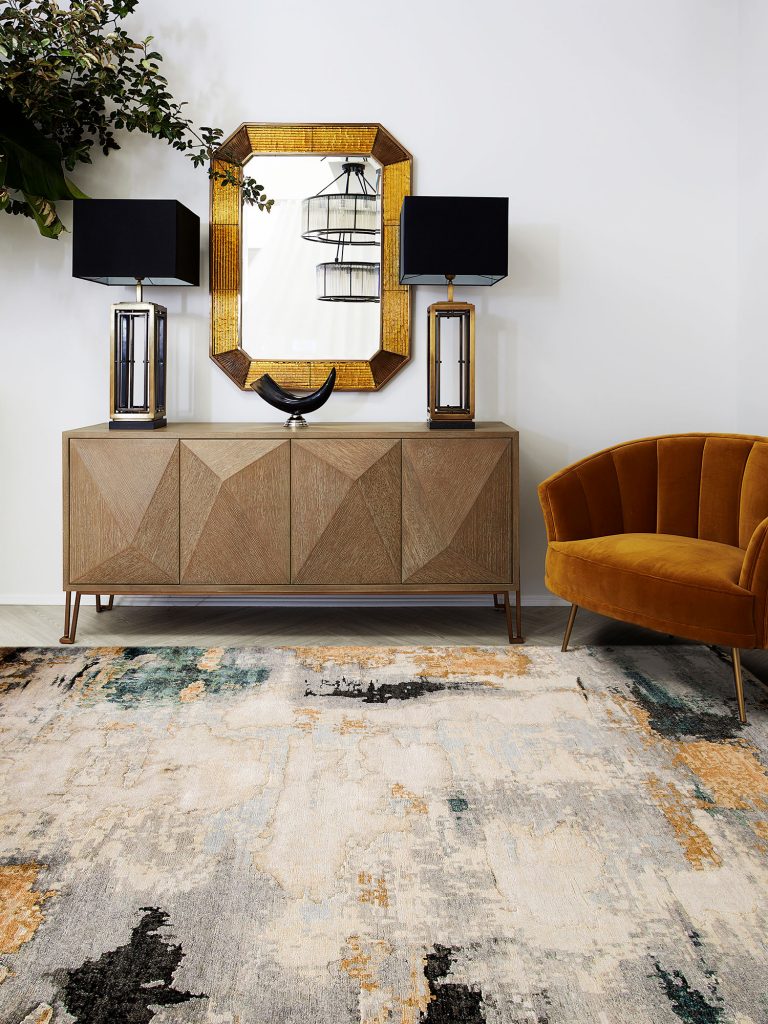
DECOR
Unless you have the time, money and energy to completely recreate your entire space to suit your rug, it’s a good idea to have your rug suit your space. This isn’t to say it has to match your space: only that it has to be able to mesh well with your existing decor. To achieve this sort of harmony, consider the colour and style of your space.
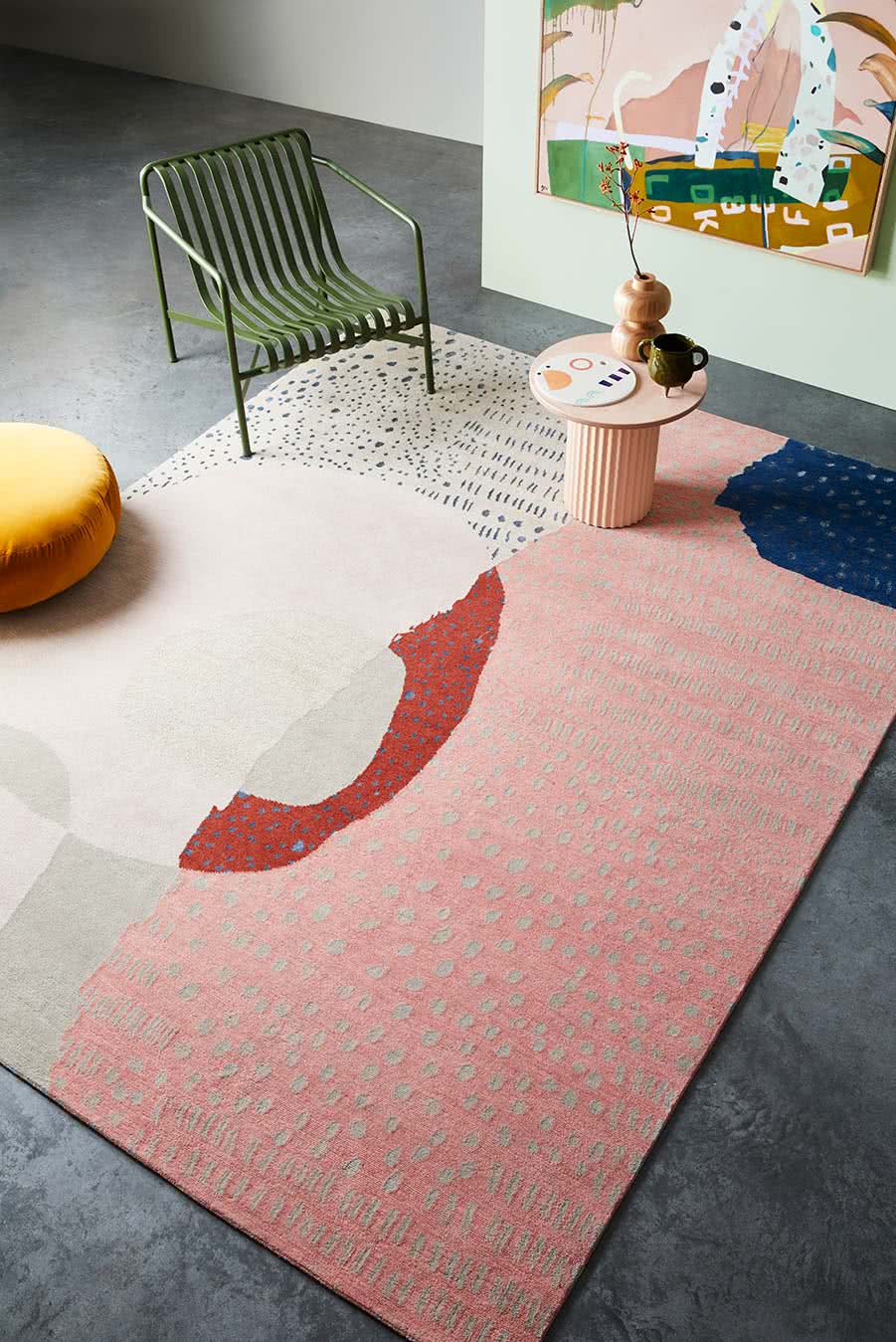
COLOUR
Again, your rug does not have to match the colour of your room. If your room is largely green, you don’t necessarily need a green rug. You can make a predominately yellow or grey or red or mixed coloured rug work. All you need to do is consider complementary hues and shades.
You can also help bring the look together by adding a few accessories to your space in the rug’s colour. A vase, some wall art, a decorative box or picture frame can do wonders to create a unified look, even in a multi-coloured room.
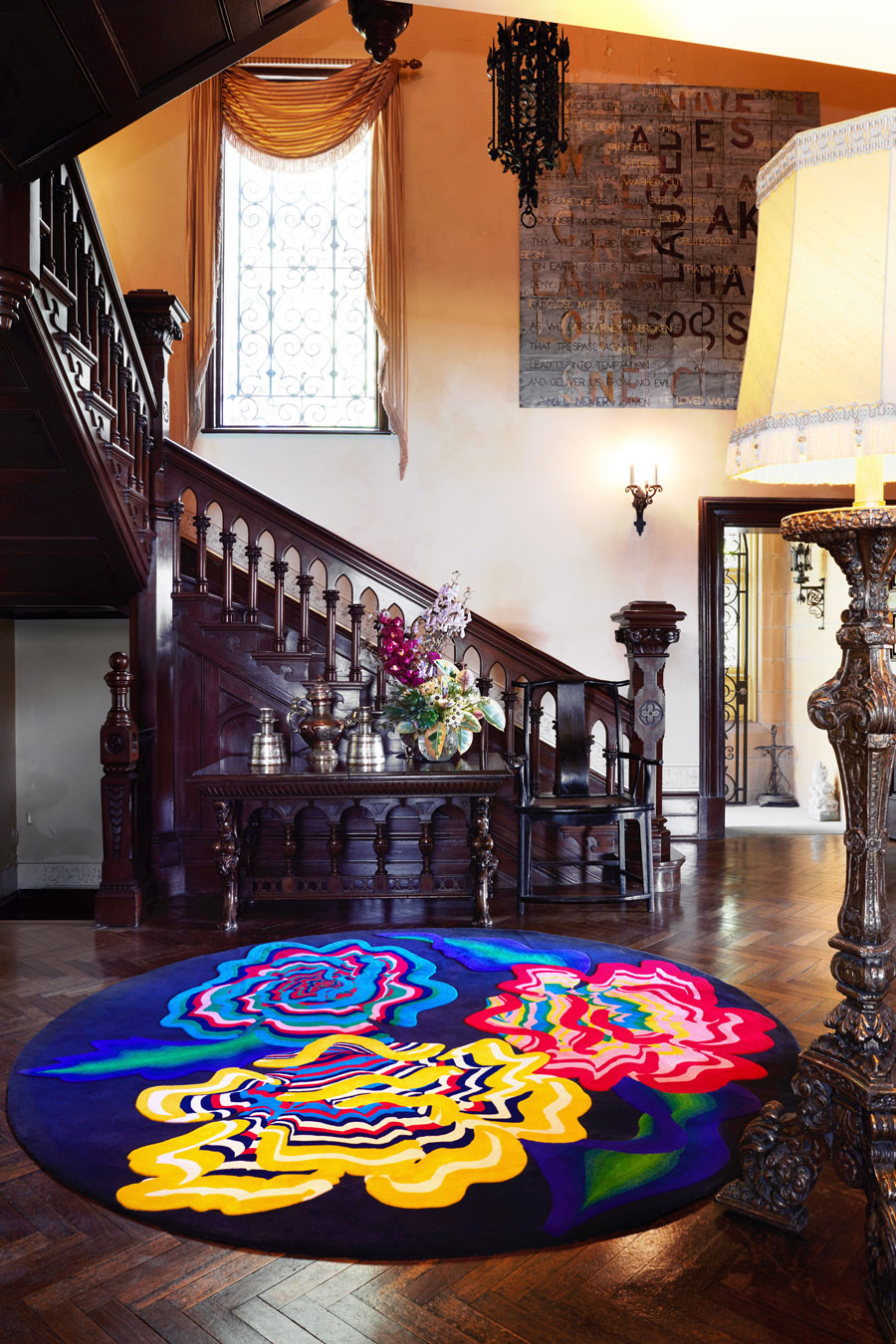
STYLE
Not only do you have to consider the style of your room, but the style of your house – but let’s start with the room. The easygoing decor of a boho chic sunroom can definitely welcome the structured style of an art-deco inspired rug. Both looks, while stylistically distinct, share the same underlying (and unifying) whimsy. However, a sharp, geometric contemporary rug would look hopelessly out of place in the soft romantic buzz of a boho inspired space. Marry styles, by all means, but make sure they are styles that gel.
Same goes for the style of your whole home. It’s an entire entity, and stylistically, you can’t completely separate one room from the other. Rooms don’t have to be in the same colours or have the same style decor, but they do have to flow. One room that’s done up in lush, old-English countryside style won’t organically move into a room that’s clear-cut stark and contemporary. Your rug needs to be able to feed this flow, not choke it out.
Again, accessories can do a lot to bridge minor gaps in style, but they can’t mend a chasm. So bring in a light fixture or take out an end table that doesn’t gel, but you shouldn’t have to redecorate your entire space to make your rug work.
Seem like a lot to consider? Well, it is, but it’s worth it. Buying a rug isn’t a decision that should be made flippantly or lightly. Most of us can’t go out and buy a new one if we don’t end up liking the one we bought on a whim – so don’t buy on a whim. The most important part of learning how to choose a rug is learning how to make a decision with a solid sense of purpose, practicality, and of course, your own personal sense of style.